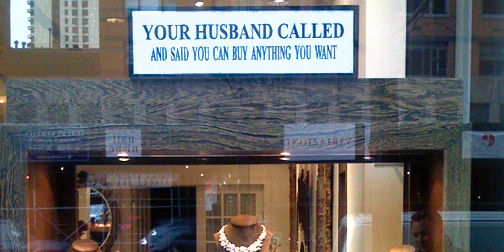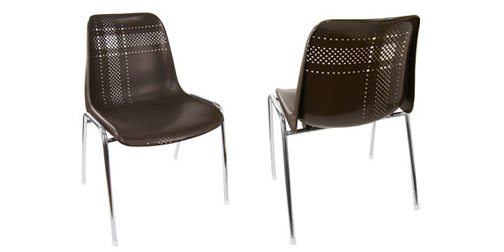Quick Order
/I stumbled across this Starbucks Quick Order application for the iPhone or iPod Touch. I believe the application is just a concept, but I hope it becomes a reality. Quick Order allows you to select your desired beverage using your phone, with detailed information such as size, type of milk, and any desired extras. The application then produces a 2D barcode for you to scan yourself in the store to avoid the line. You can save your favorite drinks for an even faster order process next time. Quick Order also includes a Quick Pay feature, with a predefined amount of credit, to complete the process. This application is well though out with great graphics and a nice overall Starbucks feel to it. This concept was created by multimedia designer Phil Lu.



















